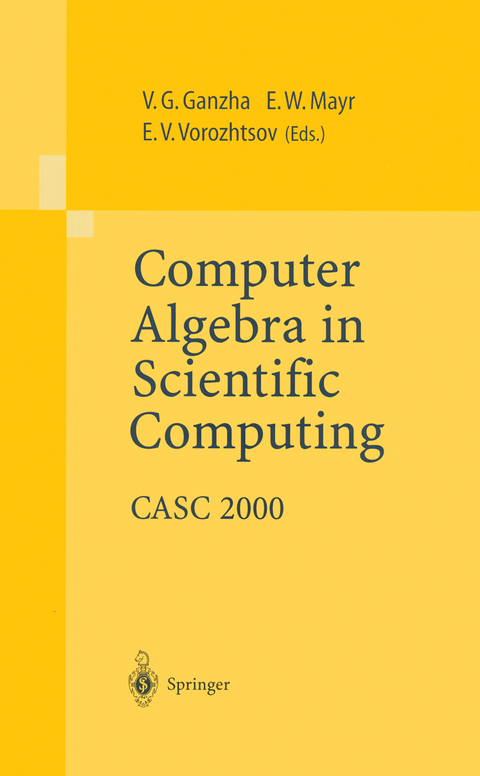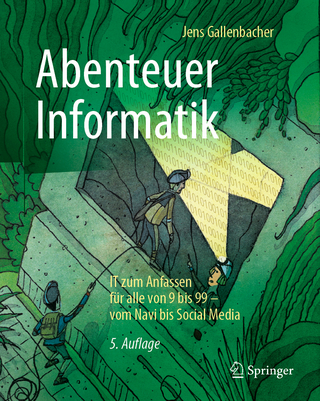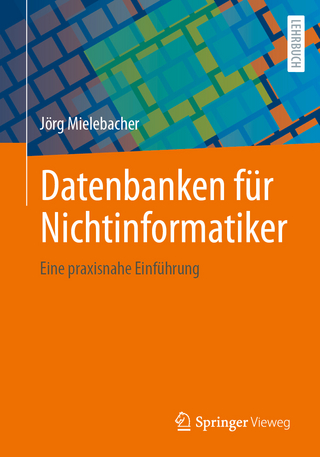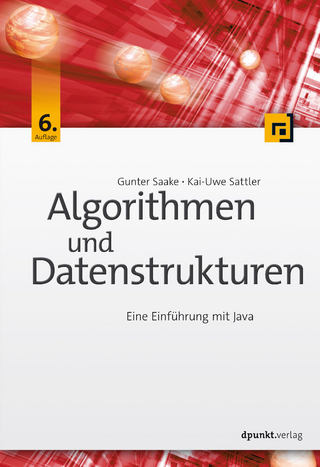
Computer Algebra in Scientific Computing
Springer Berlin (Verlag)
978-3-642-62490-2 (ISBN)
The vast area of Scientific Computing, which is concerned with the computer aided simulation of various processes in engineering, natural, economical, or social sciences, now enjoys rapid progress owing to the development of new efficient symbolic, numeric, and symbolic/numeric algorithms. There has already been for a long time a worldwide recognition of the fact that the mathematical term algorithm takes its origin from the Latin word algo ritmi, which is in turn a Latin transliteration of the Arab name "AI Khoresmi" of the Khoresmian mathematician Moukhammad Khoresmi, who lived in the Khoresm khanate during the years 780 - 850. The Khoresm khanate took sig nificant parts of the territories of present-day TUrkmenistan and Uzbekistan. Such towns of the Khoresm khanate as Bukhara and Marakanda (the present day Samarkand) were the centers of mathematical science and astronomy. The great Khoresmian mathematician M. Khoresmi introduced the Indian decimal positional system into everyday's life; this system is based on using the famil iar digits 1,2,3,4,5,6,7,8,9,0. M. Khoresmi had presented the arithmetic in the decimal positional calculus (prior to him, the Indian positional system was the subject only for jokes and witty disputes). Khoresmi's Book of Addition and Subtraction by Indian Method (Arithmetic) differs little from present-day arith metic. This book was translated into Latin in 1150; the last reprint was produced in Rome in 1957.
Prof. Dr. Victor Ganzha lehrt am Fachbereich Mathematik/Informatik der Universität-GH Kassel. Er beschäftigt sich mit symbolisch-numerischen Methoden.
Fast Matrix Computation of Subresultant Polynomial Remainder Sequences.- About Simultaneous Representation of Two Natural Numbers by a Sum of Three Primes.- On a Description of Irreducible Component in the Set of Nilpotent Leibniz Algebras Containing the Algebra of Maximal Nilindex, and Classification of Graded Filiform Leibniz Algebras.- Application of Computer Algebra in Problems on Stabilization of Gyroscopic Systems.- Implementing Computational Services Based on OpenMath.- Group Classification of the Navier-Stokes Equations for Compressible Viscous Heat-Conducting Gas.- Plotting Functions and Singularities with Maple and Java on a Component-based Web Architecture.- Stable Self-Oscillatory Regimes in Volterra Models of Three Populations.- Computing "Small" 1-Homological Models for Commutative Differential Graded Algebras.- Effective computation of algebra of derivations of Lie algebras.- An Integration and Reduction for Ordinary Non Linear Differential Equations Library.- Complexity of Derivatives Generated by Symbolic Differentiation.- An Assessment of the Efficiency of Computer Algebra Systems in the Solution of Scientific Computing Problems.- On the Relation Between Pommaret and Janet Bases.- An (Asymptotic) Error Bound for the Evaluation of Polynomials at Roots.- Three Remarks on Comprehensive Gröbner and SAGBI Bases.- Computing the Cylindrical Algebraic Decomposition Adapted to a Set of Equalities.- Symbolic Algorithms of Algebraic Perturbation Theory for a Hydrogen Atom: the Stark Effect.- CADECOM: Computer Algebra software for functional DECOMposition.- Computeralgebra and the Systematic Construction of Finite Unlabeled Structures.- Heat Invariant E2 for Nonminimal Operator on Manifolds with Torsion.- Computer Algebra for Automated Performance Modeling of Fortran Programs.- A Parallel Symbolic-Numerical Approach to Algebraic Curve Plotting.- Parametric Analysis for a Nonlinear System.- Extended Splicing System and Semigroup of Dominoes.- Newton Polyhedra and the Reversible System of Ordinary Differential Equations.- Condition Analysis of Overdetermined Algebraic Problems.- An Algebraic Approach to Offsetting and Blending of Solids.- Application of Computer Algebra Methods to Some Problems of Theoretical and Applied Celestial Mechanics.- Computing the Frobenius Normal Form of a Sparse Matrix.- Lessons Learned from Using CORBA for Components in Scientific Computing.- Deciding Linear-Transcendental Problems.- Author Index.
| Erscheint lt. Verlag | 12.4.2014 |
|---|---|
| Zusatzinfo | XI, 439 p. 23 illus. |
| Verlagsort | Berlin |
| Sprache | englisch |
| Maße | 155 x 235 mm |
| Gewicht | 694 g |
| Themenwelt | Informatik ► Theorie / Studium ► Algorithmen |
| Mathematik / Informatik ► Mathematik ► Analysis | |
| Naturwissenschaften ► Physik / Astronomie | |
| Schlagworte | 12Y05 • 13P10 • 20C40 • 34A25 • 34D20 • 65M06 • 68Q40 • 68T35 • algorithms • Computeralgebra • Computer Algebra • Maple • Mathematica • Scientific Computing • wissenschaftliches Rechnen |
| ISBN-10 | 3-642-62490-1 / 3642624901 |
| ISBN-13 | 978-3-642-62490-2 / 9783642624902 |
| Zustand | Neuware |
| Haben Sie eine Frage zum Produkt? |
aus dem Bereich


